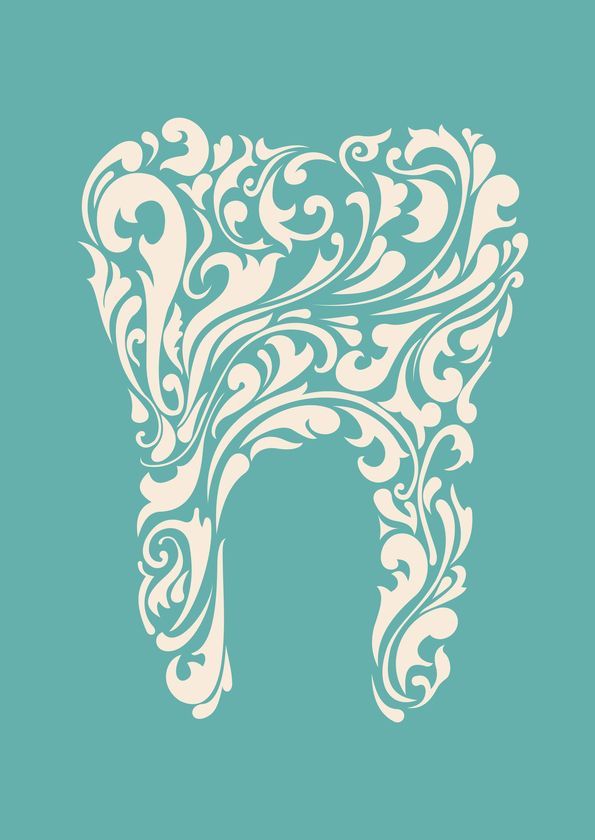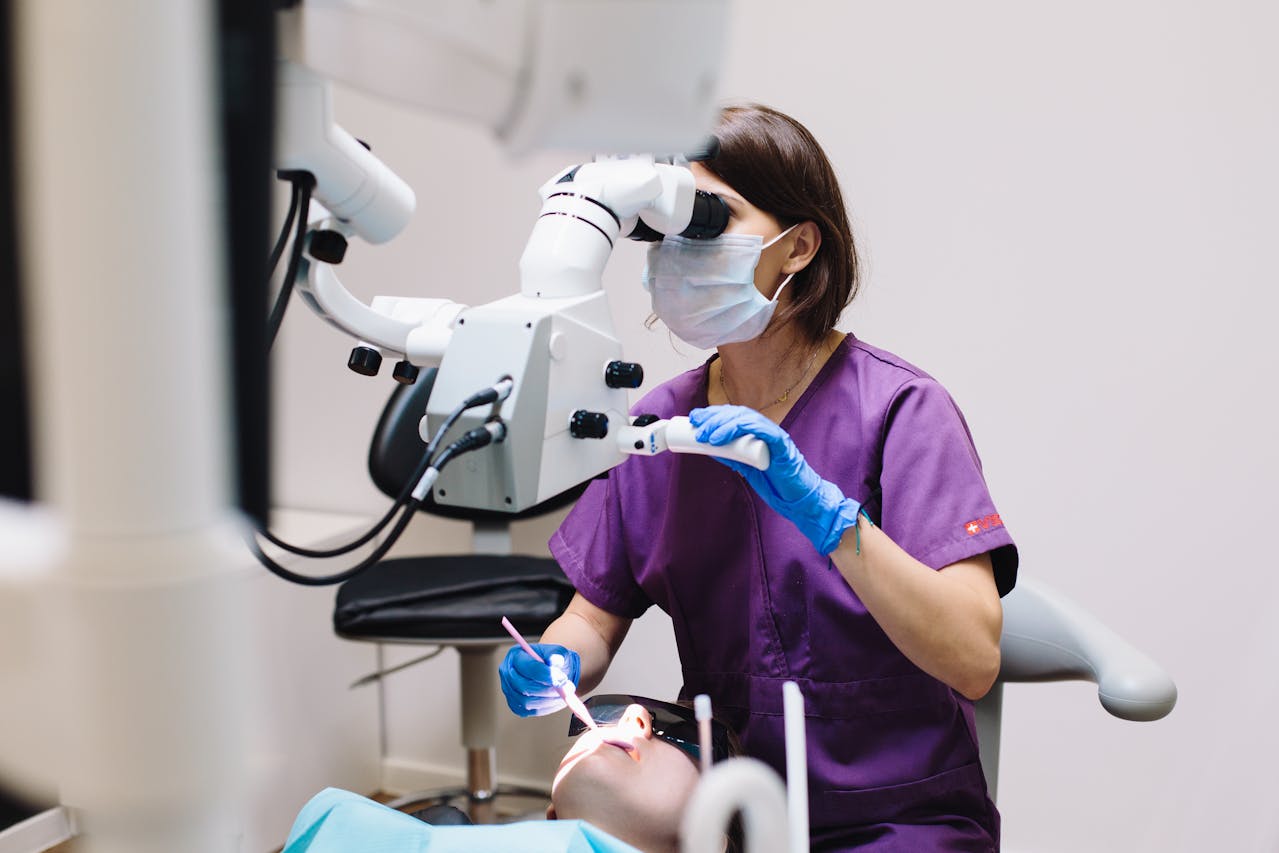Your toothbrush is one of the most important tools for maintaining good oral hygiene, but how often should you actually replace it? Many people continue using the same toothbrush for far too long, unaware that an old, worn-out brush can be ineffective — and even harmful — to their oral health.
At Park Street Dental Practice, we encourage our patients to make regular toothbrush replacement a key part of their dental care routine. In this guide, we’ll discuss how often you should replace your toothbrush, the signs that it’s time for a new one, and how to choose the right toothbrush for your needs.
How Often Should You Replace Your Toothbrush?
The general recommendation from dental professionals, including the NHS and the British Dental Association, is to replace your toothbrush every three to four months. However, there are some cases where you might need to change it even sooner.
Factors that can affect how often you should replace your toothbrush include:
- Bristle wear and tear – If the bristles become frayed, they lose their ability to effectively remove plaque.
- Illness – If you’ve recently been sick, especially with a cold, flu, or any bacterial infection, it’s best to replace your toothbrush to prevent reinfection.
- Storage conditions – Keeping your toothbrush in a damp, enclosed space (like a travel case) for long periods can encourage bacteria and mould growth.
- Children’s toothbrushes – Kids tend to brush with more force than adults, which can wear down their toothbrushes more quickly, meaning they may need replacing sooner.
Signs It’s Time for a New Toothbrush
Even if you’re not keeping track of how long you’ve been using your toothbrush, there are some clear signs that it’s time for a replacement:
1. Frayed or Splayed Bristles
If the bristles are bent, worn, or frayed, your toothbrush is no longer doing its job effectively. A good toothbrush should have firm, straight bristles that reach all surfaces of your teeth.
2. Your Teeth Don’t Feel as Clean
If your teeth feel rough or you notice more plaque build-up despite brushing regularly, your toothbrush might not be working as well as it should.
3. You’ve Been Ill
Bacteria and viruses can linger on toothbrush bristles, so replacing your brush after an illness helps prevent reinfection.
4. Bad Smell
If your toothbrush has an unpleasant odour, it may be harbouring bacteria or mould. This is a clear sign that it’s time for a new one.
5. You’ve Been Using It for More Than 3-4 Months
Even if your toothbrush looks fine, the bristles naturally degrade over time, making them less effective. If it’s been more than three or four months, it’s time for a replacement.
Manual vs. Electric Toothbrushes: Which One Is Best?
Both manual and electric toothbrushes can be effective when used correctly, but they have some differences in terms of wear and replacement frequency.
- Manual Toothbrushes: The bristles wear out in three to four months, so they need to be replaced completely.
- Electric Toothbrush Heads: If you use an electric toothbrush, you’ll need to replace the brush head every three months (or sooner if the bristles become frayed). Some models have indicator bristles that fade when it’s time to replace them.
How to Choose the Right Toothbrush for Your Needs
Choosing the right toothbrush can make a big difference in your oral health. Here’s what to look for:
Soft-Bristled Brushes Are Best
A toothbrush with soft bristles is recommended for most people. Hard or medium bristles can wear down enamel over time and irritate the gums.
Consider an Electric Toothbrush
Studies suggest that electric toothbrushes may be more effective at removing plaque than manual ones. They are also a great option for people with limited dexterity, such as those with arthritis.
Toothbrushes for Sensitive Teeth and Gums
If you have sensitive teeth or gum recession, a gentle toothbrush with extra-soft bristles may be a better option.
Toothbrushes for Children
For younger children, opt for a toothbrush with smaller heads and soft bristles. Fun colours and characters can also help encourage kids to brush regularly.
Toothbrush Care Tips
Replacing your toothbrush regularly is important, but how you store and care for it also plays a role in keeping it clean and effective:
- Rinse after every use – Rinse your toothbrush thoroughly under running water to remove any leftover toothpaste and debris.
- Store upright – Keep your toothbrush in an upright position and let it air dry. Avoid keeping it in a closed container for long periods, as this can encourage bacterial growth.
- Avoid sharing toothbrushes – Sharing toothbrushes can transfer bacteria and increase the risk of infections.
Why Regular Toothbrush Replacement Matters
Using an old or worn-out toothbrush can lead to a buildup of plaque, increased risk of cavities, and gum disease. Combined with regular dental check-ups, replacing your toothbrush on time helps keep your teeth clean, strong, and healthy.
At Park Street Dental Practice, we’re here to help you maintain excellent oral hygiene. If you have any concerns about your brushing habits or need advice on choosing the right toothbrush, don’t hesitate to ask us at your next dental check-up.
Book Your Dental Appointment Today
Brushing your teeth is one of the most important daily habits for maintaining oral health, but using a worn-out toothbrush can make it less effective. If you’re unsure whether your toothbrush is still doing its job, or if you need a professional clean, book an appointment with Park Street Dental Practice today. We’re here to help you achieve and maintain a bright, healthy smile.

